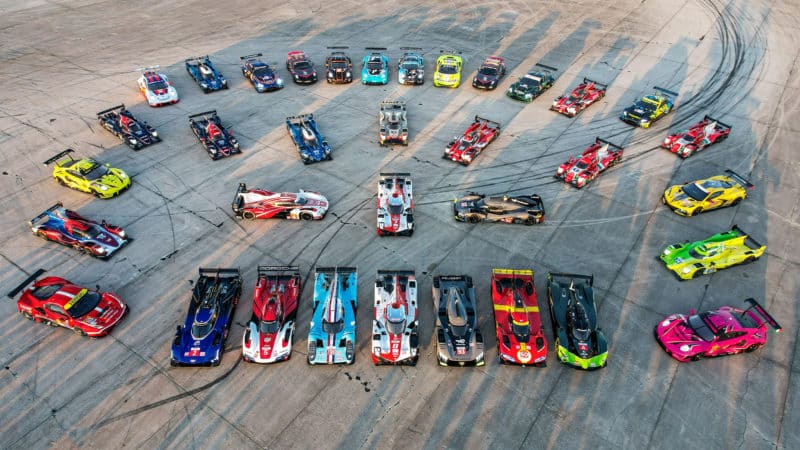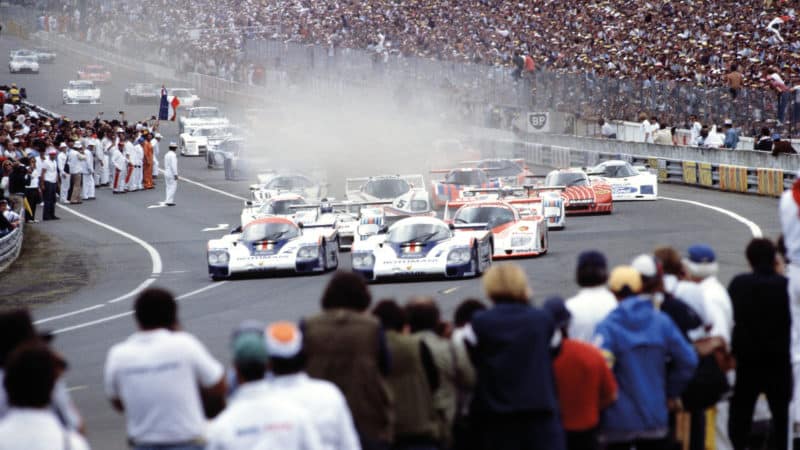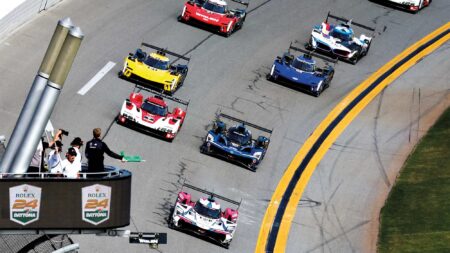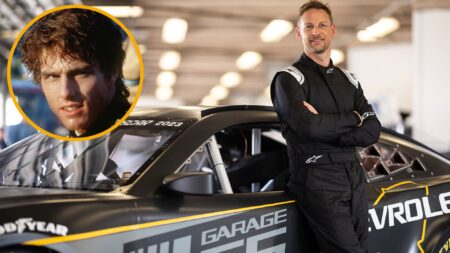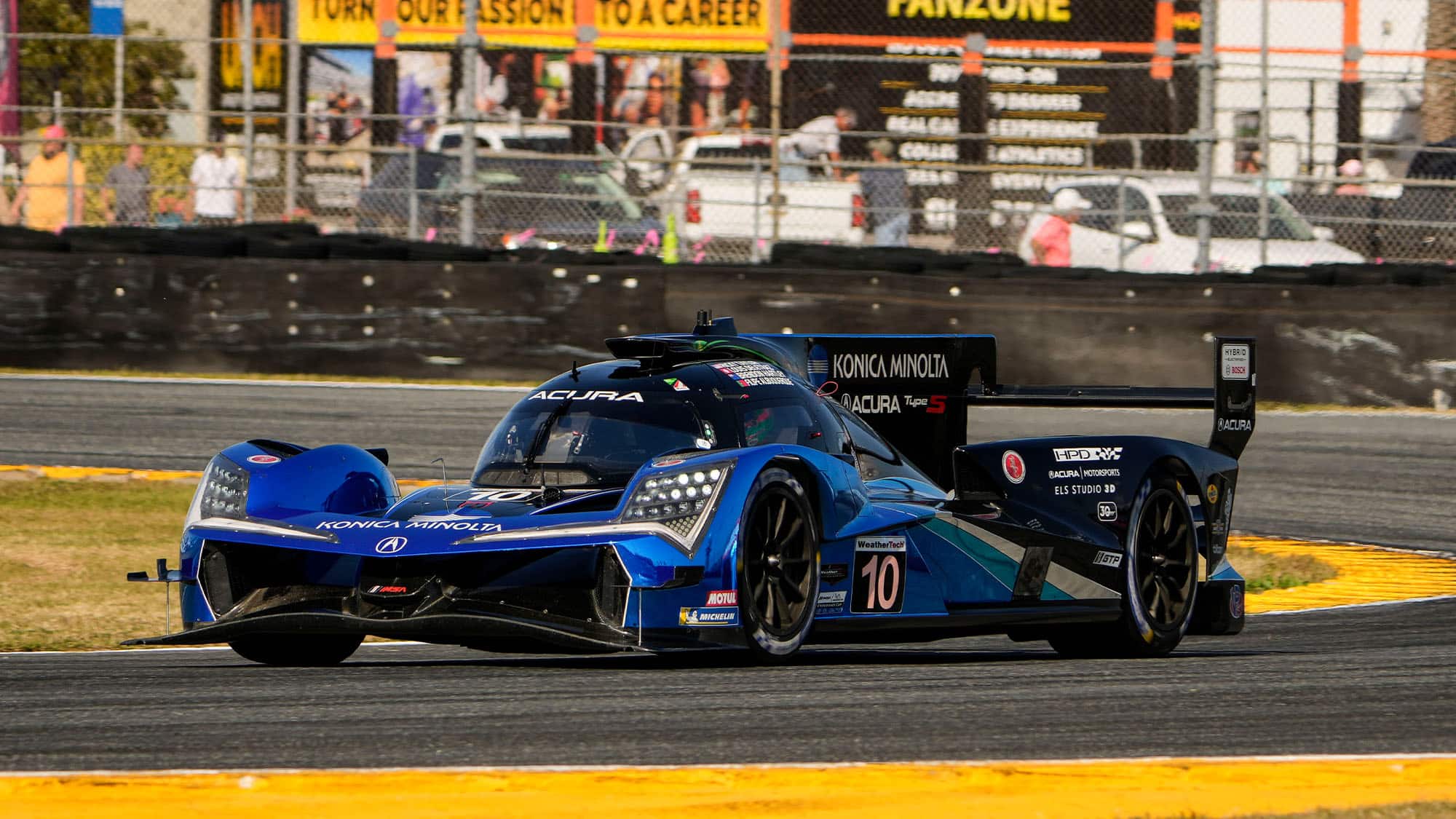“A number of privateer Porsches won races, [such as] Bruce Leven’s team, I won five races in the 962 there were others – it was pretty competitive.
“But then when you brought Nissan, Toyota, Jaguar in [in the late ‘80s], all of a sudden the game changed. So we’re kind of back to that to some degree.”
Rahal says the outlook isn’t good for privateers in this new era of sports car racing.
“I know the intent was for it to be a more cost-effective category,” he says. “I just don’t see that happening.
“If only because you have BMW versus Porsche versus Cadillac versus Acura versus Lamborghini [from 2024].
“The cars are very complex – and complexity equals money. At this stage of the game, I don’t see this as being a more affordable alternative to say [previous IMSA formula] DPI, for example.
“It might be [affordable] compared to LMP1, but now you have Hypercars, you’ve got Ferrari, you’ve got Toyota. These people want to win races – and that costs money.”

RLL is running the BMW effort with considerable backing
Getty Images
Daytona-winner Wayne Taylor, whose eponymous squad – along with Meyer-Shank – has the backing of Honda brand Acura, concurs with Rahal, and explained to Motor Sport what is likely to stymie the privateer efforts.
“It’s going to cost a lot more than everybody was expecting”
“I think it’s going to cost a lot more than everybody was expecting,” he said referring to the ACO and IMSA rule-makers.
“Talking to my vice president Travis Houge, he said we’ve gone from paying 15 cents a litre to 34 cents a litre [for fuel]. For the race we’ve gone from having 35 or 36 sets [of tyre] allotments to only 30 – but those are costing more than our tyres last year. Everything has gone up.”
Heading into Daytona, tension mounted as to whether there would be enough of the Acura LMDh cars left to make it through the weekend – another pressure which can be sustained by manufacturers, but would be difficult for privateers – even when the cars are older and more parts are available.
